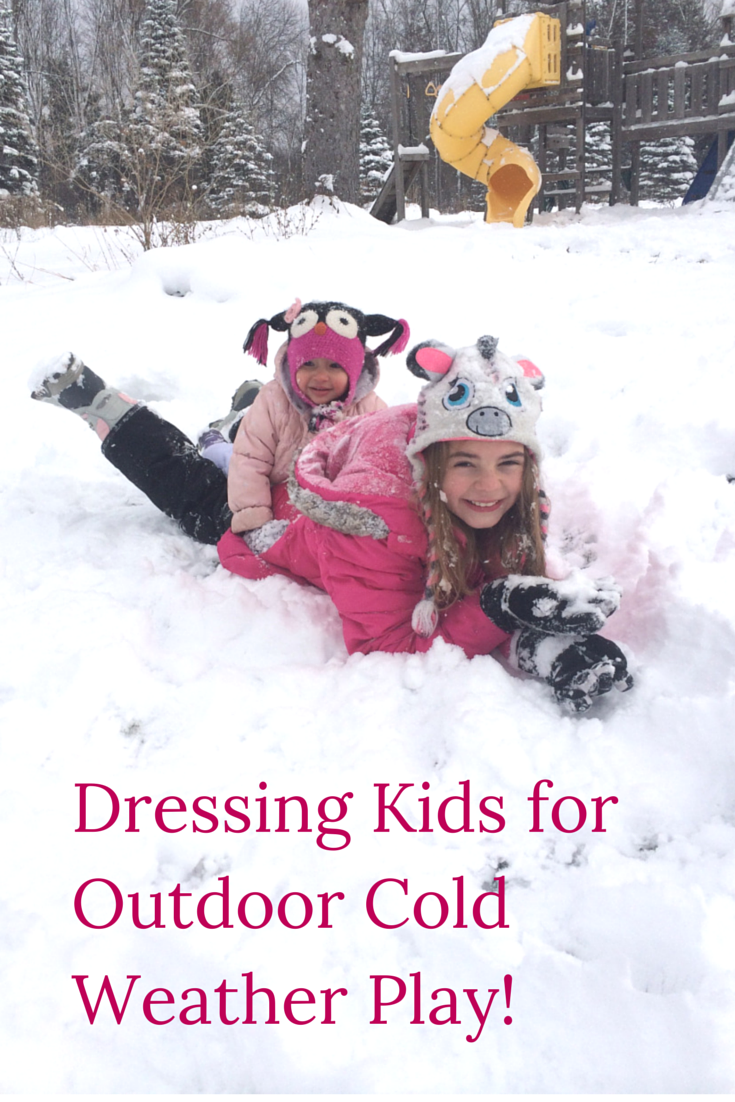How to Dress Your Kids for Outdoor Winter Activities
A lot of parents blame weather as one of the big reasons for their kids not spending more time outside. As a resident of Michigan, I can definitely understand this. But, wearing the appropriate clothing can make a HUGE difference in how children experience and perceive their environment.
This post specifically covers dressing and layering for typical outdoor play on cold, wet and snowy winter days. Alpine activities require considerations that are beyond this post.
You don’t have to spend a ton of money in order to keep the kids warm – most of our winter clothes come from Goodwill. I included the pictures (click on the images to see more information) because I thought it might help illustrate the layering system better.
How to Properly Layer
The key to staying warm is proper layering. Typically the three layers outlined below will work well to protect your child. The weights (thickness/warmth) and number of layers is really determined by the activity.
Base Layer – Manage Moisture
This layer is all about wicking moisture, controlling perspiration and keeping it away from the skin. If you are sweating, the process of moisture evaporating cools you off. Without the correct baselayer you can cool off quickly without the ability to get warm. 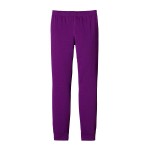
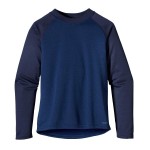
– Avoid cotton because it absorbs perspiration and sticks to the skin. Instead there are many useful synthetic fibers like polypropylene, polyester, or capilene. Merino wool is a great (non scratchy) natural fabric that controls odor.
– It might feel counter intuitive, but avoid making your layers too tight. Really tight clothing actually inhibits circulation so the body will not warm itself as efficiently.
– If you want to geek out on base layer fabrics, here is a really great chart and explanation by REI.
Mid Layer – Insulate
This layer is all about warmth, insulating and trapping heat close to your body.
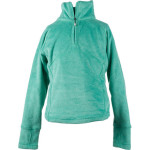 – Fibers like fleece, wool and down are great choices.
– Fibers like fleece, wool and down are great choices.
– Fleece, although it can be a little bulky, is particularly nice for the mid layer because it’s breathable, washable and stretchy.
– Normally, I skip this layer for the pants and go straight to the snow suit unless it’s intensely cold outside. Three pairs of pants makes it difficult to do pretty much anything.
Top Layer – Shield
Think of this layer as your shield against wind, rain and snow.
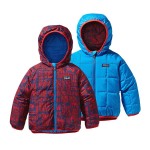 – The jacket and pants should be made of wind and rain proof fabric like Gor-Tex or Nylon.
– The jacket and pants should be made of wind and rain proof fabric like Gor-Tex or Nylon.
– If you are using a snow suit, you will still need a weatherproof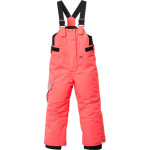 jacket on the top.
jacket on the top.
– Make sure the jacket it isn’t too short, or it will ride up. I chose a coat for my daughter that sits a couple inches past her waist.
Head and Neck Protection
Most of us have heard that about 50% of our body heat is lost through our heads (although there are claims that this is actually a myth – I still think it’s incredibly important) so a hat is essential.
– Select hats that are warm, lightweight, and that cover the ears. A lot of kids don’t like to wear hats, but I promise if you let them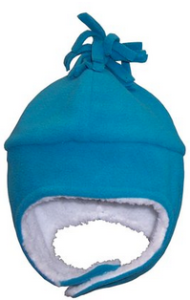 help pick out their own hat, they will never take it off.
help pick out their own hat, they will never take it off.
– My absolute favorite fabric for hats is tightly woven alpaca, but fabrics like wool and fleece also work well. Hats with velcro chin straps are warmer and safer than draw strings for smaller kids. For us, ear flaps are a must!
– A scarf can turn into a hazard for kids, so a neck warmer is a much better choice. It is safer and is much more difficult to take off and lose. You can also go for an all in one balaclava – we’ll be trying one of those this winter.
Hands
– For younger kids, weatherproof, insulated mittens are the way to go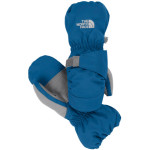 for cold, wet weather.
for cold, wet weather. 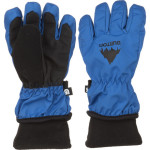
– Nothing will make a child want to go inside faster than cold, wet hands. Never buy gloves that don’t have cinches at the wrist and elongated cuffs.
– Different forms of insulation have a major impact on warmth. Down is nice, but it won’t do very well when it gets wet. Synthetics like PrimaLoft or Thinsulate are much better choices.
Socks & Snow Boots
Last but not least, the feet. Your best weapon against cold feet and toes warm is to keep them dry.
– Choose the right sock for the right job. You may have lots of cotton socks laying around, but resist the urge to use them as they have little insulation value and absorb and hold moisture. Smartwool (my personal favorite), Isowool, fleece or other synthetics will also work – make sure to check th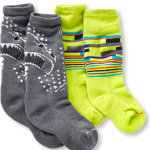 e description or do some research to make sure they are made for the cold.
e description or do some research to make sure they are made for the cold.
– Two pair of socks may seem like a good idea, but it can cut off circulation. Best to get one pair that functions really well.
– Boots should be roomy enough that if 
– Make sure boots are insulated, have rubberized soles and are weatherproof.
– Snow boots normally aren’t very breathable, which means that perspiration won’t be able to escape from the boot. This makes it even more important to chose the proper sock combination.
– Boots should extend higher, up under the top layer pant leg so that it provides more protection. This also gives you some room in case you want to use gaiters (see below under Pro Tips).
Pro Tips
– Just because you’ve done the research, don’t assume the clothing is working. The best way to find out if your kids are cold is to check their hands. Best to do this on 1/2 hour increments. I also reach into my daughter’s shoe and try to feel her socks. If they are cold, trust your gut and bring them inside to change or warm up!
– Being properly hydrated and maintaining a level blood ph aids our bodies ability to thermoregulate. Here is a great article on the thermic effect of food.
– Have a child who always gets snow in their boot no matter what? Try Gaiters. No, I’m not talking about the ones in Florida. A snow gaiter wraps around their lower leg and prevents the snow from entering the boot.
– Socks always getting wet because of perspiration? Try a technical sock liner – it transfers the perspiration from the skin of the foot directly to the sock.
I’d love to hear what you do to keep your kids toasty and happy outside in the snow!
PIN IT
Your Woman Gone Wild,

GET THE WILDER CHILD NEWSLETTER
Join a community of nature loving families living on the wilder side!
Thank you for signing up! You'll hear from us soon.

